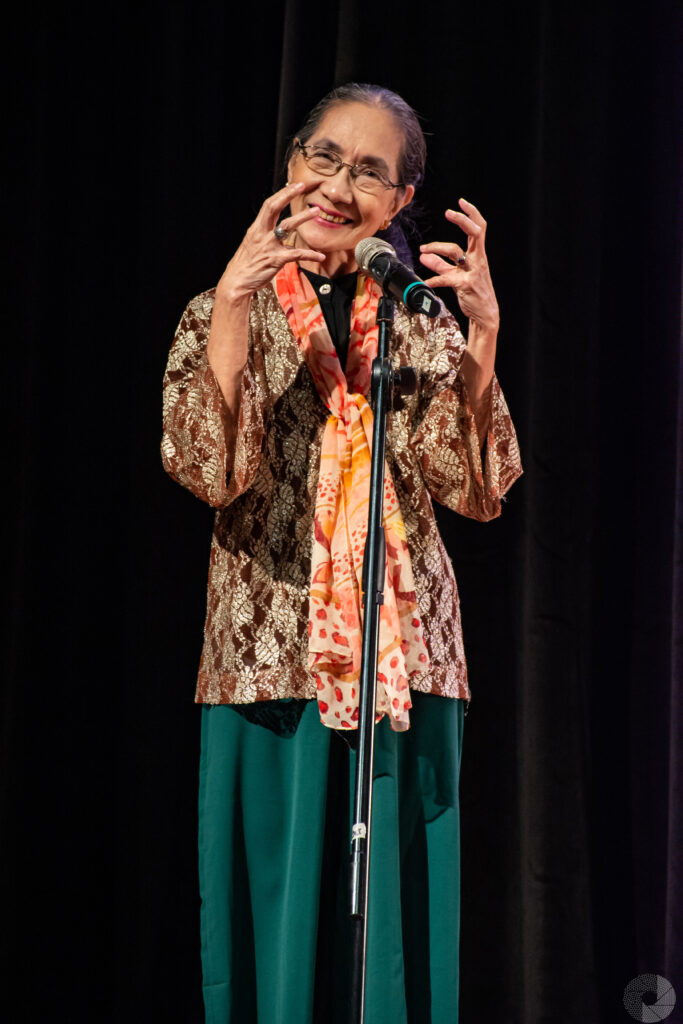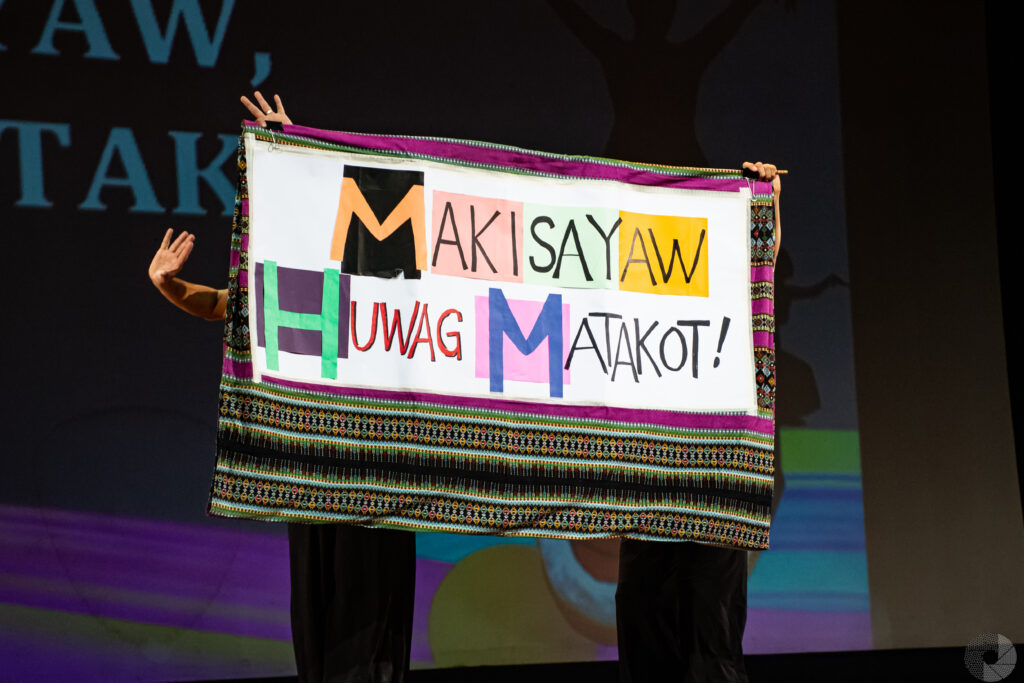Ramon Magsaysay Award recipient and pangalay expert Ligaya Fernando-Amilbangsa’s latest opus, Pangalay at Maskara, had its closing show at the iconic Manila Metropolitan Theater in Manila on 7 March.
In cooperation with the National Commission for Culture and the Arts, the event was the 24th anniversary offering of Amilbangsa’s AlunAlun Dance Circle, which collaborated with dance groups Marikina Dance Guild and the Philippine Baranggay Folk Dance Troupe.

The two-part show had its first run at De La Salle University’s Teresa Yuchengo Auditorium on 2 February, followed by shows at the Miriam College Nuvali on 15 February and the Miriam College Loyola Heights on 26 February.
The show featured the pangalay, the traditional dance the Tausug people of the Sulu Archipelago, which is a shared artform with other ethnolinguistic groups such as the Sama who calls it igal, Jama Mapun, and Yakan, who calls it pamansak.
The show presented the importance of safeguarding a Philippine intangible cultural heritage which “ensures the continuity of tradition” that is, in turn, “essential to the soul of a nation.”
ADC’s Nanette Matilac said her group “utilizes the Asian tradition of wearing masks in creating choreography for theatrical performance.”

“With the use of Asian devices such as masks and other properties, the ADC aims to create innovative choreography which are appealing to various audiences, especially the younger generations,” she said.
Choreographed by Amilbangsa with Manuel Siapno, the first part of the show featured the Sama Dilaut or Badjao variations called igal tariray, the igal linggisan which imitates the movements of a bird, and the courtship dance eringan.

The second part had six segments presenting tradition-rooted innovations on the pangalay with music from Danny Javier and National Artists for music Lucrecia Kasilag, Felipe de Leon, Francisco Feliciano and Antonino Buenaventura. These were choreographed by Amilbangsa, Matilac, Temay Padero, Jimo Angeles and Joy Ricote-Cruz.
